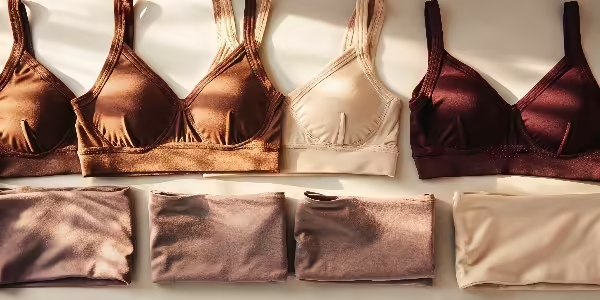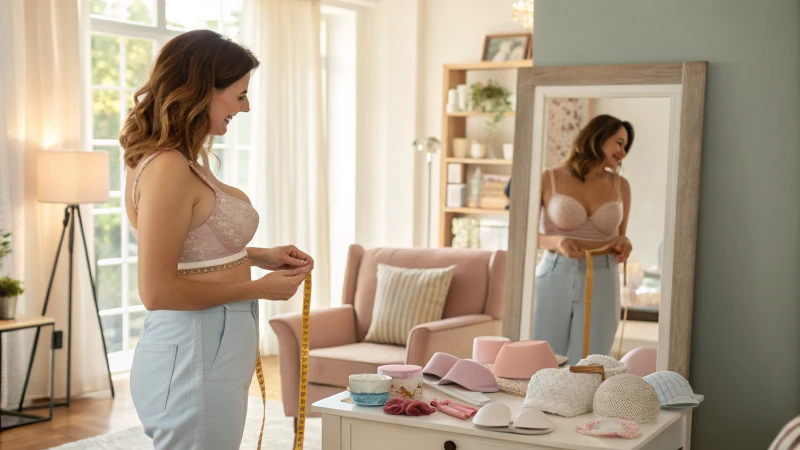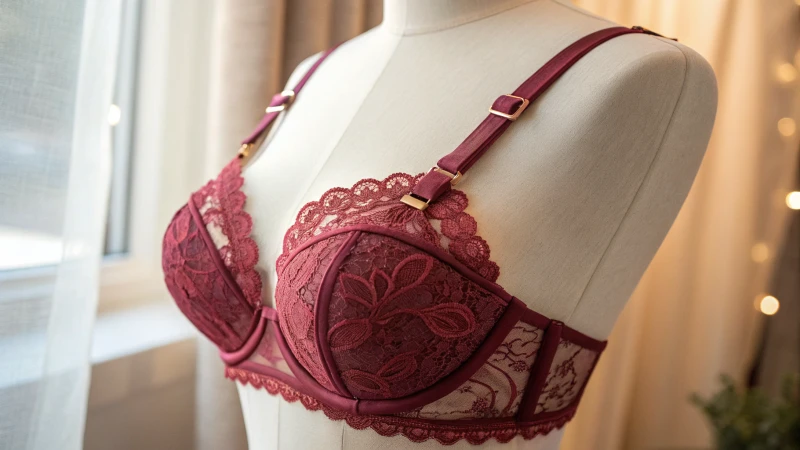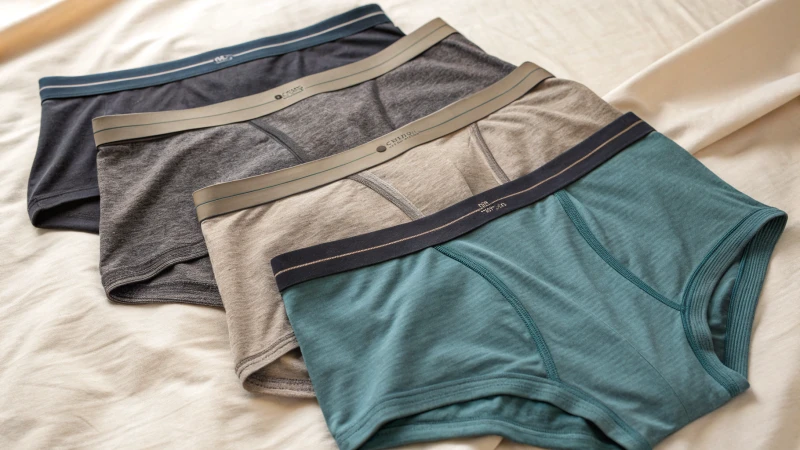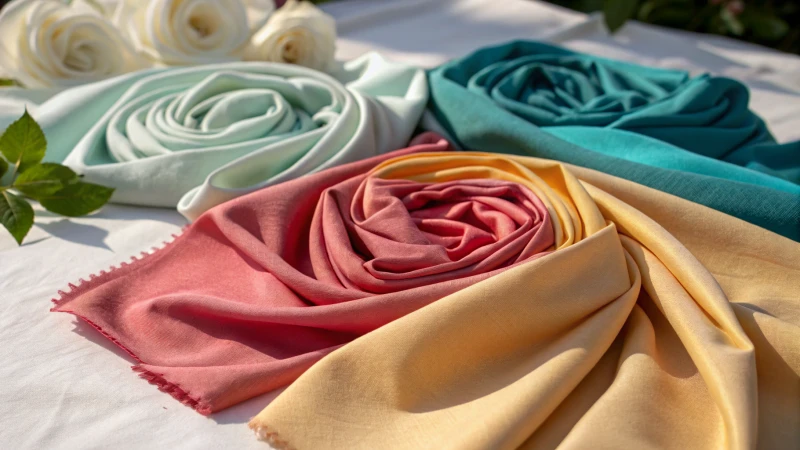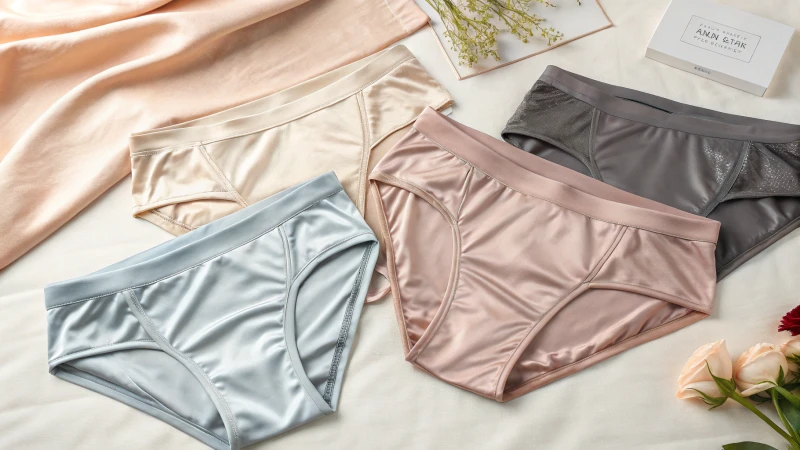Feeling lost choosing bras for your brand? The wrong choice hurts sales and your reputation. I'll show you how to pick the perfect bras your customers will love.
To select the perfect bra, first identify your target customer's needs for comfort, support, and style. Then, match fabric, cup shape, and construction to specific uses like daily wear or sports. Always test samples for quality and fit before placing a large order.
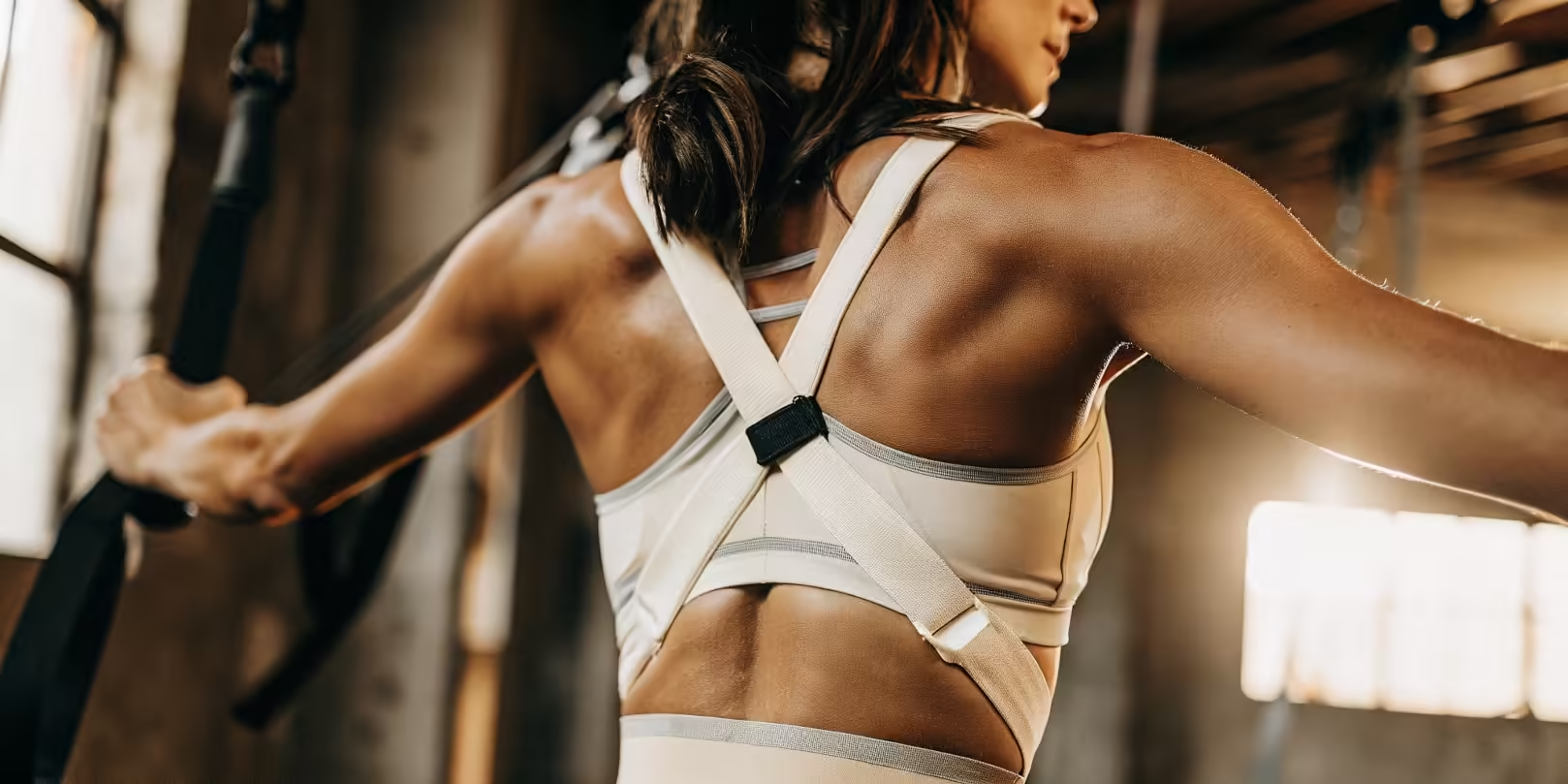
Getting the big picture is the first step. But the real success is in the details. Many brand owners I've worked with, like Ishi from Canada, struggle with the specifics. They know they need quality, but what does that actually mean for a bra? We need to break this down further. Let's start with the most basic question: what types of bras should you even consider? This choice will define your collection and attract your ideal customer.
How to choose the right bra type?
Confused by all the bra types available? Choosing the wrong styles can lead to missed sales. I'll help you pick the right types to build a profitable collection.
Choose bra types based on your target customer's lifestyle. Consider daily wear (T-shirt bras), special occasions (plunge, strapless), comfort (wireless, bralettes), and activity (sports bras). Start with a few core types that align with your brand's identity.
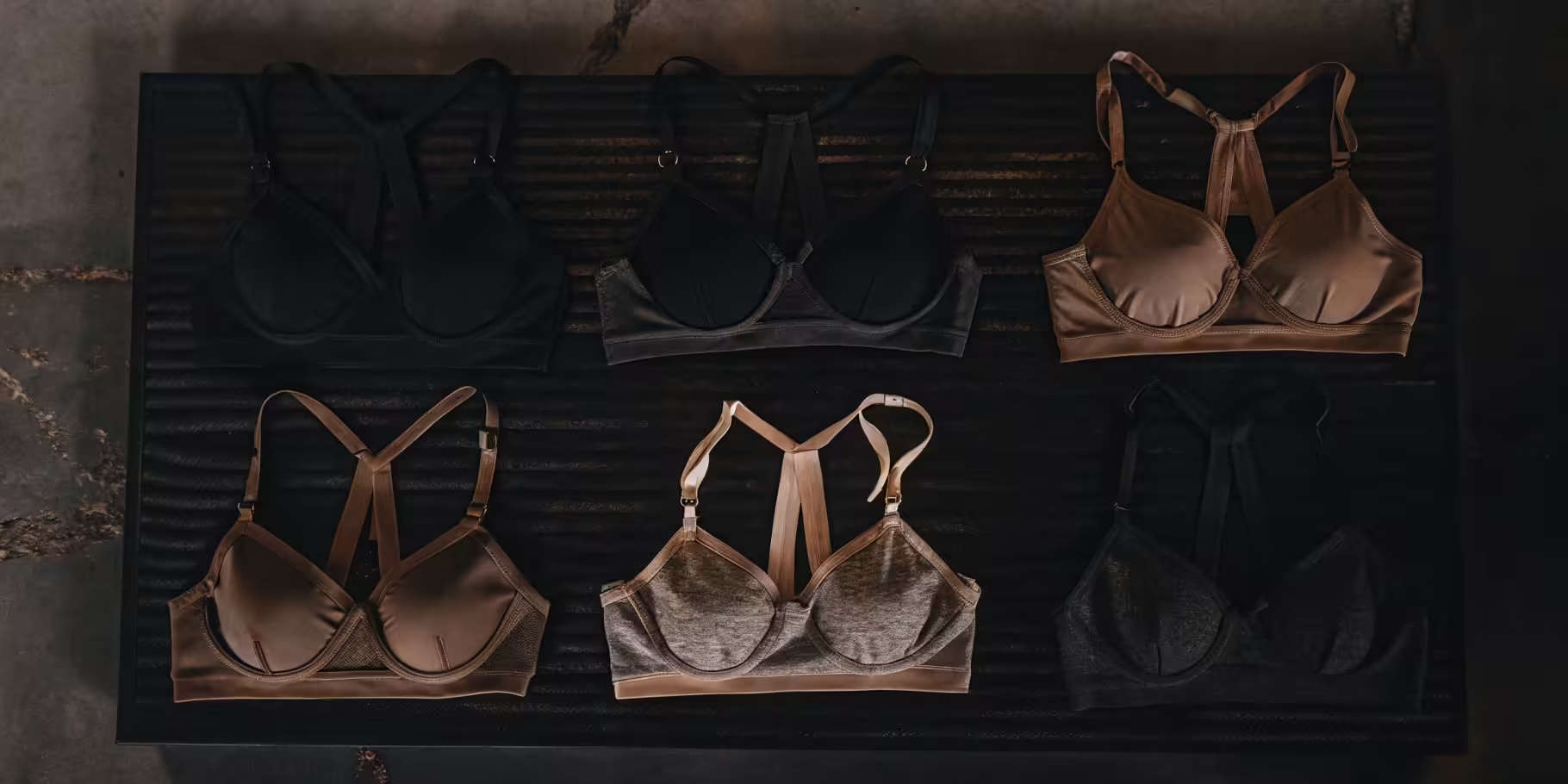
Selecting the right bra types is fundamental. It's not about offering everything. It's about offering the right things for your customer. I remember working with a client who wanted to launch a luxury comfort brand. He was tempted to add every fancy, lacy bra style he saw. I advised him to start with just two core styles: a high-quality wireless bra and a seamless T-shirt bra. Why? Because his brand was about everyday luxury, not special occasions. This focus helped him nail the product development and marketing message. You need to think the same way. What is your brand's core promise?
Understanding Core Bra Categories
Let's break down the main types you should know. Each serves a different purpose and appeals to a different need. This table will help you decide where to focus.
| Bra Type | Key Feature | Best For | Target Customer |
|---|---|---|---|
| T-shirt Bra | Seamless, molded cups | Everyday wear under fitted tops | Seeks a smooth, invisible look |
| Bralette | Unstructured, wireless | Lounging, light support | Values comfort and natural shape |
| Plunge Bra | Deep V-neckline | Low-cut tops and dresses | Fashion-conscious, wants cleavage |
| Sports Bra | Compression, encapsulation | Physical activity | Active lifestyle, needs high support |
| Wireless Bra | No underwire | All-day comfort | Prioritizes comfort over strong lift |
Start by choosing two or three types that best represent your brand. You can always expand your range later. A focused collection is easier to market and produce.
Best bra for athletic breasts?
Customers need a sports bra that truly supports them. Selling a bad one hurts your brand's reputation. Let's cover the key features of a high-performance sports bra.
The best sports bra combines support, moisture-wicking fabric, and comfort. Look for features like wide straps, a firm band, and compression or encapsulation technology. The right choice depends on the activity's impact level.
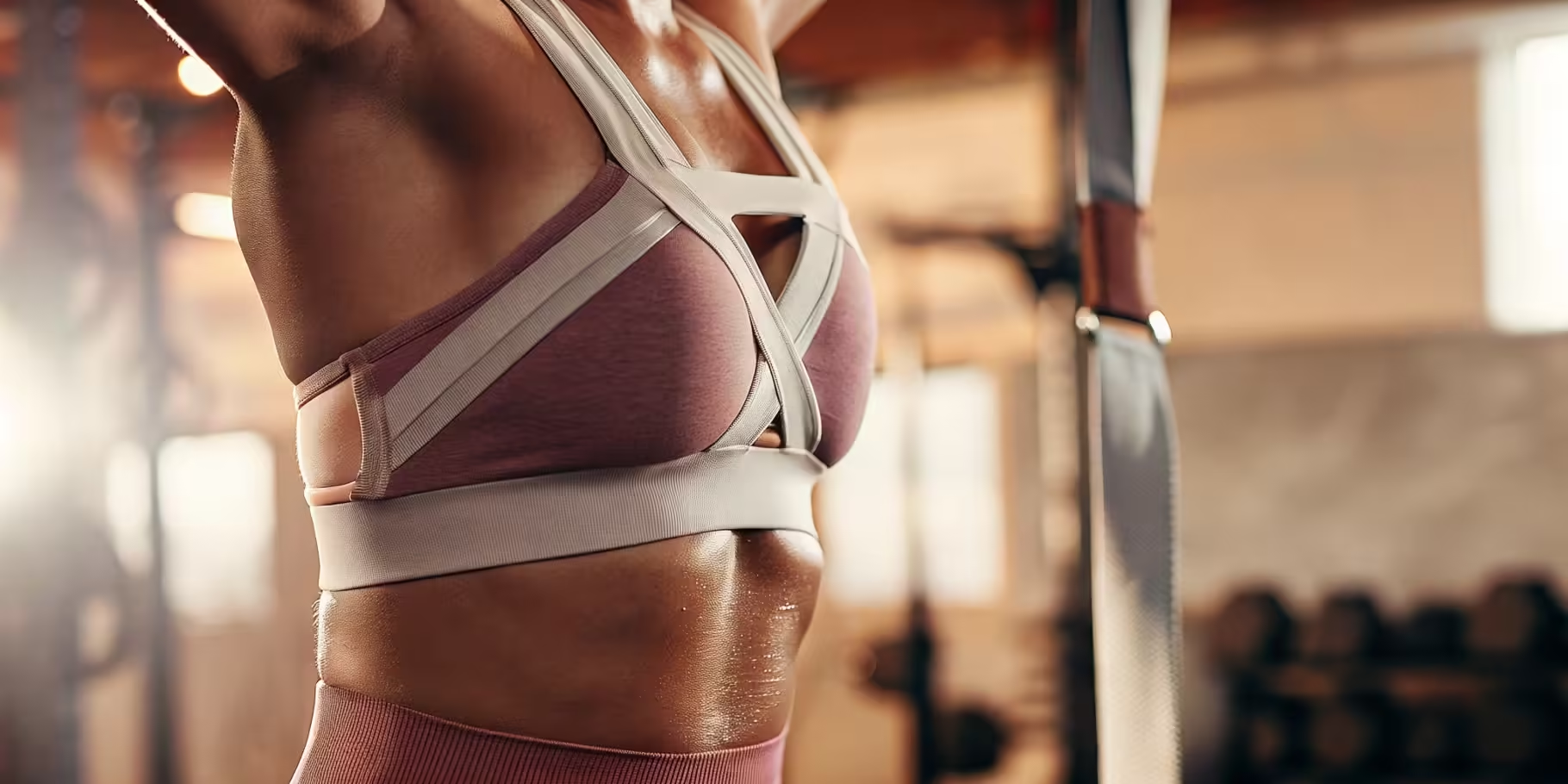
The term "athletic breasts" usually refers to the need for high support during exercise. Movement can be uncomfortable and even cause tissue damage without the right bra. For your brand, offering a sports bra isn't just about style. It is about performance and trust. Your customers must believe your product will support them. I once had a client, a fitness influencer, who wanted to launch her own line. Her first samples were stylish but failed during a simple jump test. We had to completely re-engineer the bra, focusing on the band, straps, and fabric to provide real support.
Key Sports Bra Components
The performance of a sports bra comes down to its construction. You need to specify these details with your manufacturer. Different activities require different levels of support.
| Support Level | Typical Activity | Key Construction Features |
|---|---|---|
| Low Impact | Yoga, walking | Simple construction, often bralette style, lightweight fabric. |
| Medium Impact | Hiking, cycling | Wider straps, stronger band, compression fabric1. |
| High Impact | Running, HIIT | Encapsulation (separate cups), adjustable straps, wide hook-and-eye closure. |
Also, focus on the fabric. It must be moisture-wicking2 to pull sweat away from the skin. It also needs to be breathable and have excellent stretch and recovery. Materials like nylon and spandex blends3 are industry standards for this. Always request samples from your supplier and test them yourself. Do they feel secure? Do they handle sweat well during a workout? This testing is non-negotiable for building a quality athletic line.
Perfect bra size for women?
Bra sizing is a major headache for brands. Inconsistent sizing leads to high returns and unhappy customers. Let's create a size chart that works for your business.
There is no universal "perfect" size. For your business, the key is consistency. Develop a detailed size chart based on your specific manufacturer's grading. Offer an inclusive range of sizes and test your fit on real models.
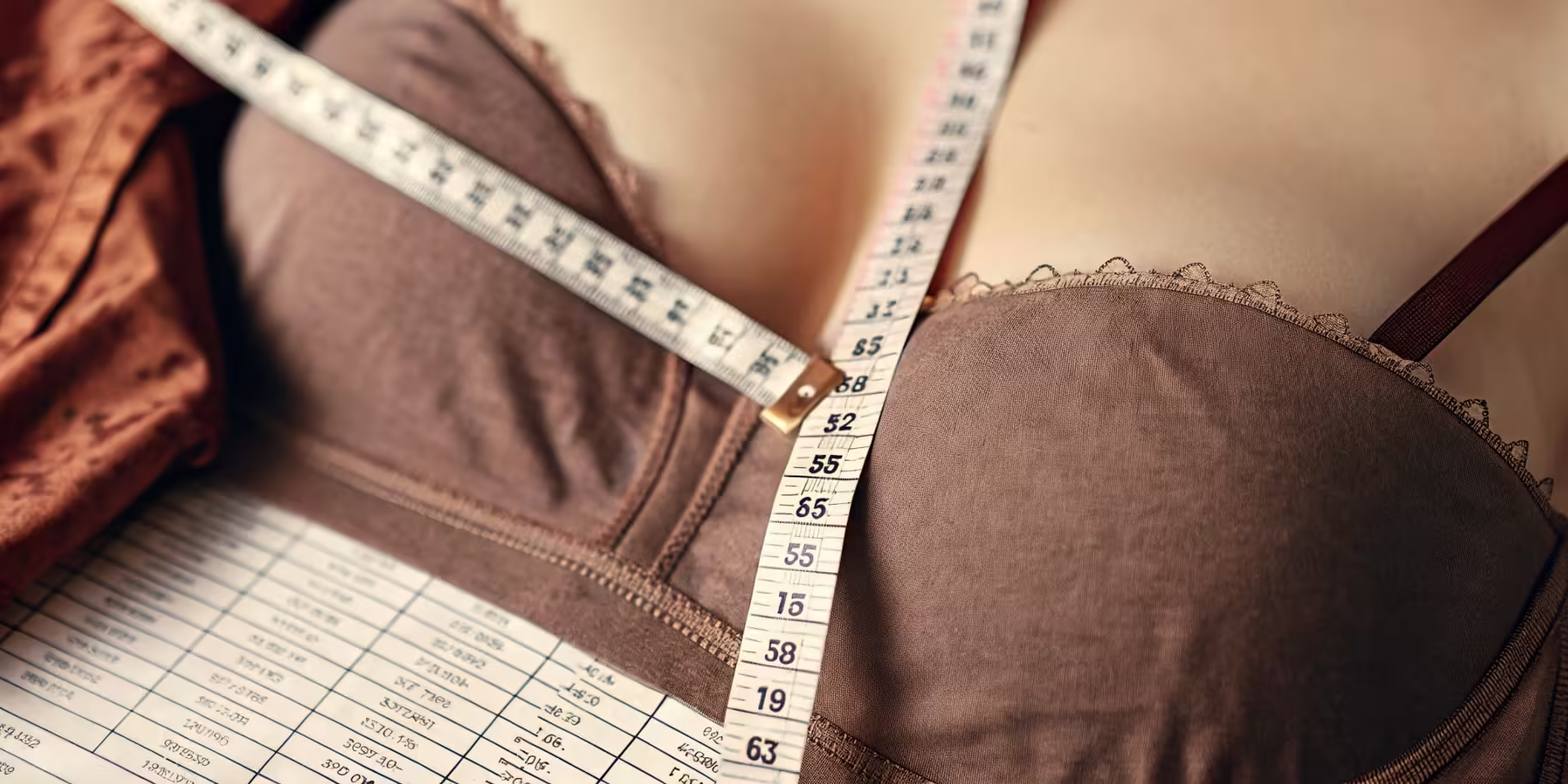
The question of the "perfect bra size" is something I hear a lot. For a consumer, it's about finding their individual fit. For you, the brand owner, it's about creating a reliable sizing system. The biggest mistake I see is when brands simply copy another company's size chart. This never works. Every manufacturer has slight differences in their patterns and grading. Ishi, my client from Canada, faced this problem. His first batch of underwear had inconsistent sizing because he assumed his supplier's "Medium" was the same as a US "Medium". We had to develop a specific spec sheet for his brand to solve this.
Building Your Sizing System
A good sizing system has two parts: the measurements and the fit.
- Standardized Measurements4: You must work with your supplier to create a detailed measurement chart for every single size you plan to offer. Do not just rely on general sizes like "S, M, L".
| Size | Band (Underbust) | Cup (Bust - Underbust) |
|---|---|---|
| 34B | 29-30 inches | 5 inches |
| 34C | 29-30 inches | 6 inches |
| 36B | 31-32 inches | 5 inches |
This chart is just an example. You must create your own specific measurements with your factory.
- Fit Testing5: Once you have samples, you must test them on fit models. A bra can have perfect measurements on paper but fit poorly on a real body. Test your core sizes, like a 34B, and one or two larger sizes to ensure the grading is correct across the range. This step is crucial for reducing returns and building customer loyalty.
Conclusion
Selecting the right bra comes down to knowing your customer, focusing on specific types and quality construction, and creating a consistent sizing system. This will build a successful, trusted brand.
Learn how compression fabric can provide better support and comfort, crucial for high-impact activities. ↩
Understanding moisture-wicking fabric can enhance your sports bra's performance, keeping you dry and comfortable during workouts. ↩
Discover why nylon and spandex blends are preferred in athletic wear for durability and flexibility, essential for sports bras. ↩
Understanding standardized measurements is essential for accurate sizing, ensuring customer satisfaction and reducing returns. Explore this link for detailed insights. ↩
Fit testing is crucial for ensuring that garments fit well on real bodies, which can significantly enhance customer loyalty and reduce returns. Discover more about its importance. ↩

